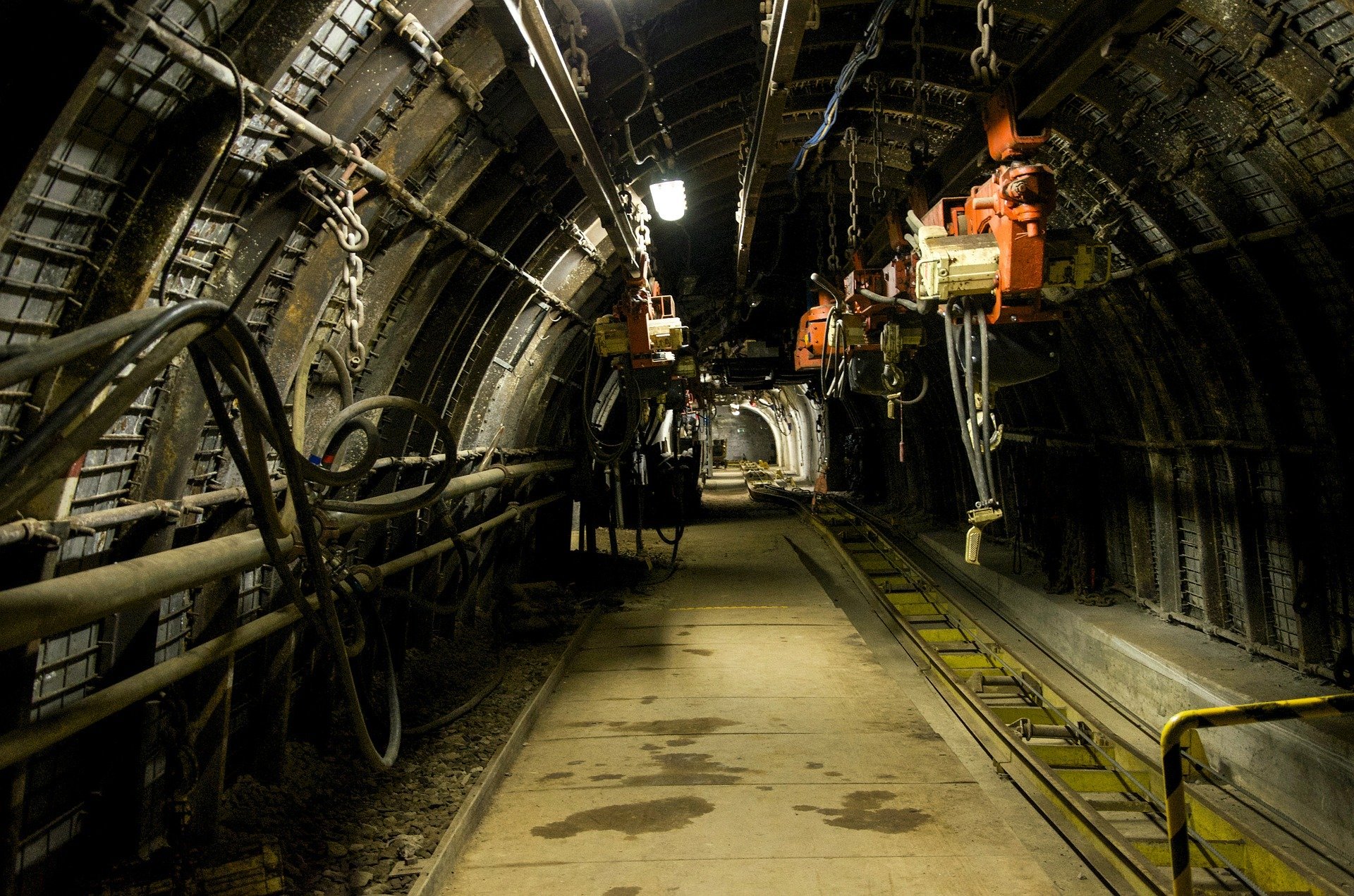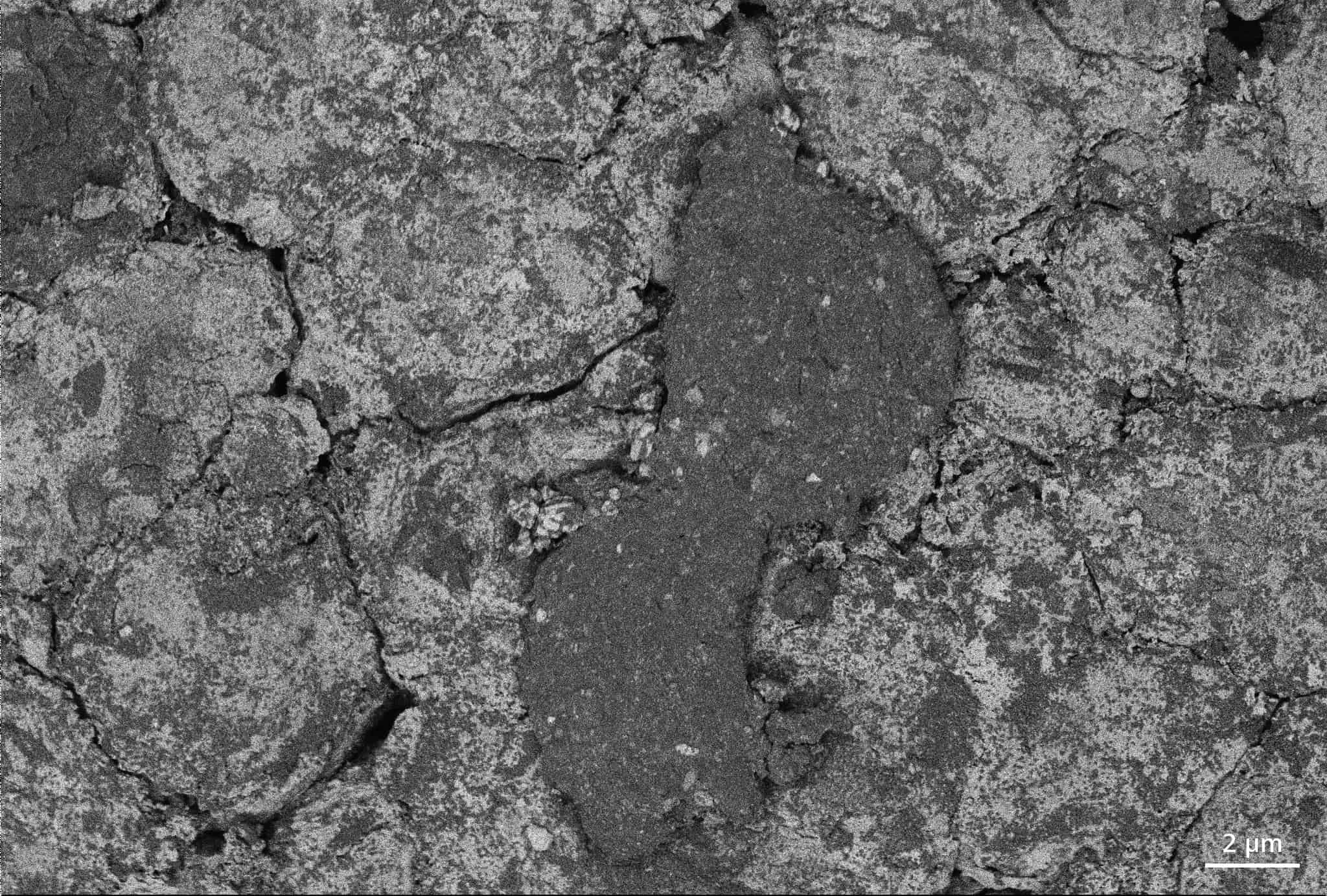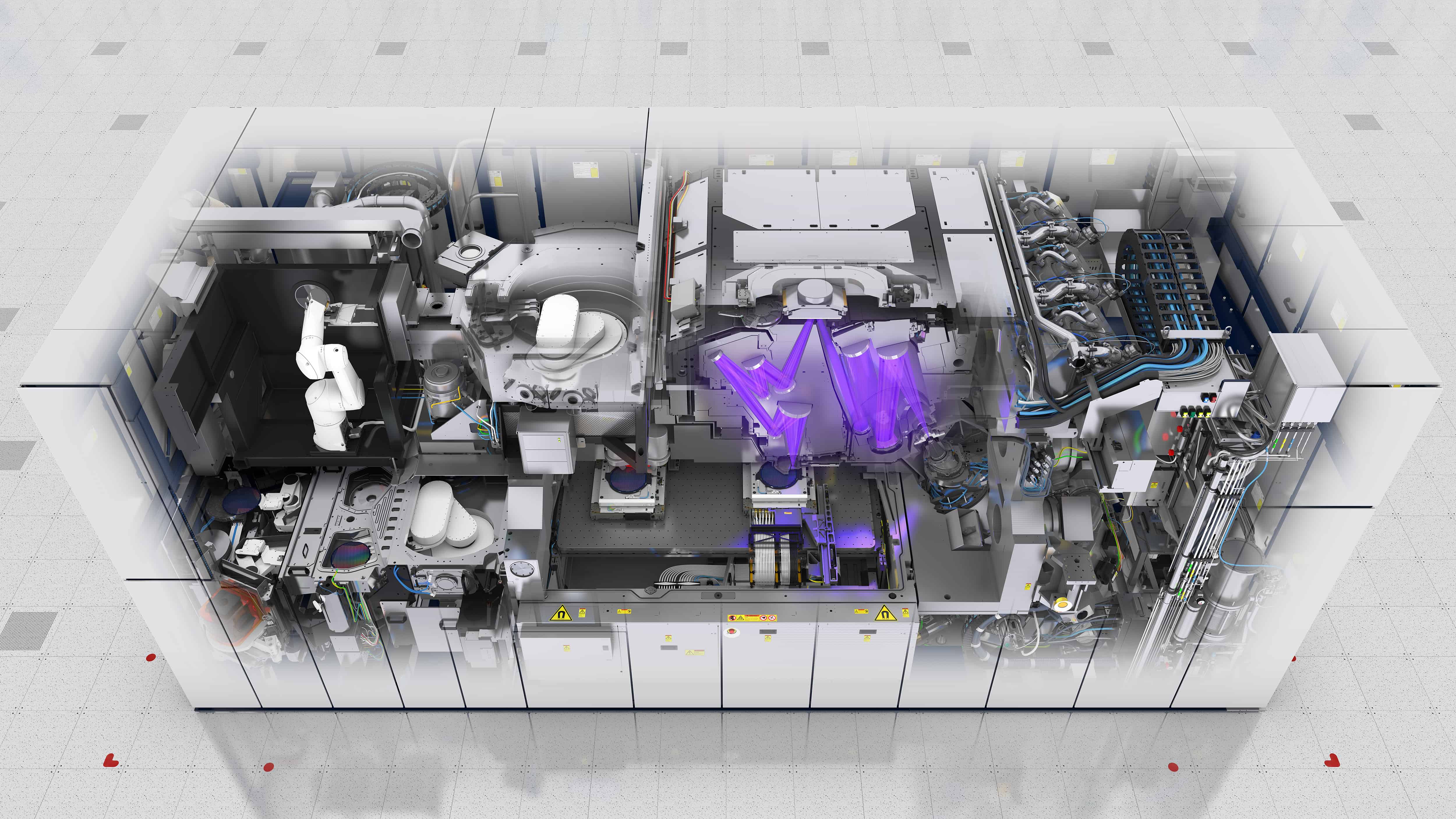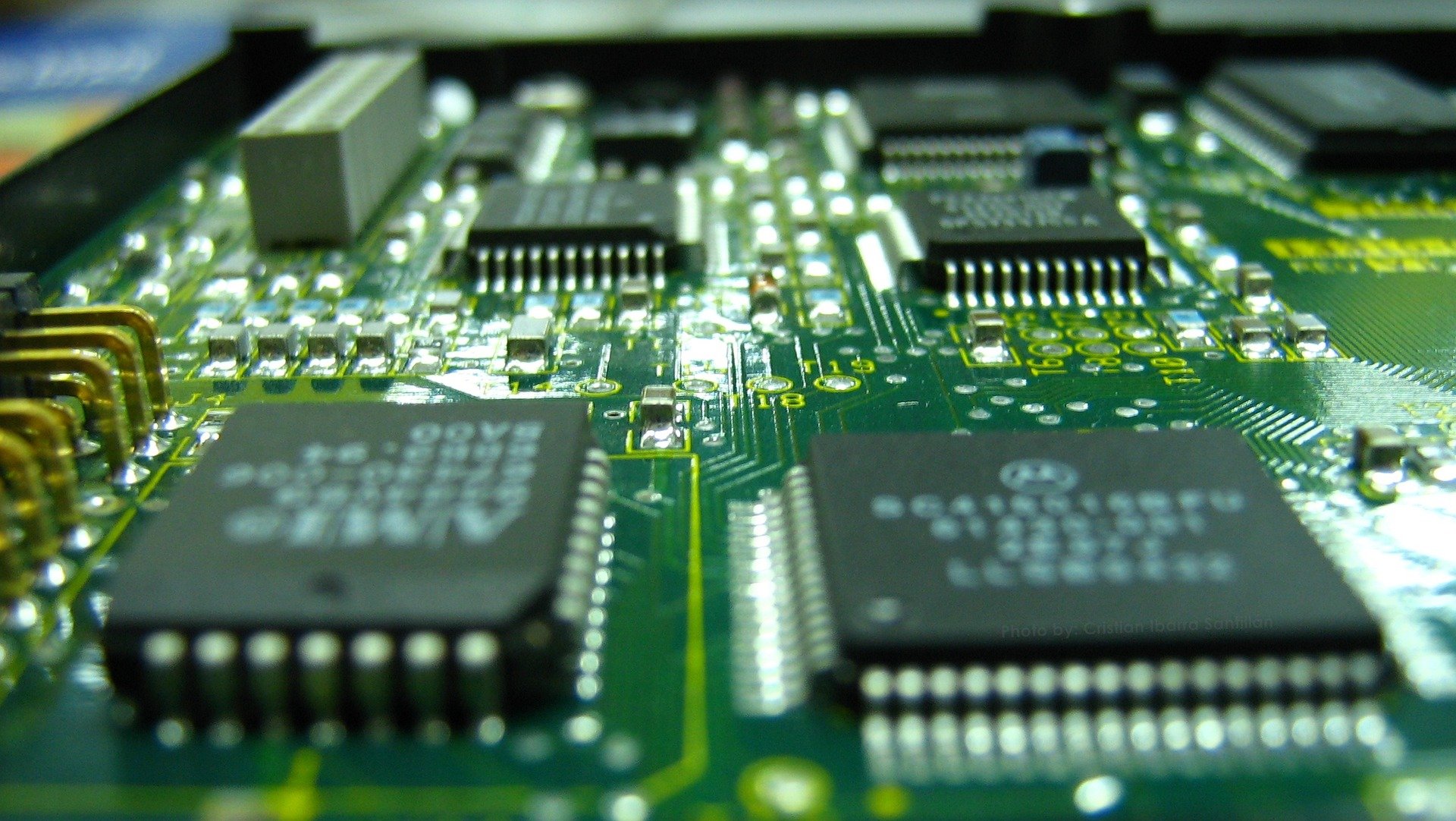
Environmentally friendly mining seems to be quite a contradiction in terms. In an effort to resolve this as soon as possible, an international consortium – funded by the European Commission– is working on advanced X-ray and 3D imaging technologies. These should enable European miners to mine important metal and mineral resources more efficiently and sustainably than is currently the case.
These new technologies should make it possible to improve the extraction of metals such as copper and gold. This in turn will help in meeting Europe’s resource needs while generating less waste and reducing the environmental impact. These technologies are currently being tested at pilot sites in Sweden and Greece. Further tests are being planned in Bulgaria and Cyprus.
EU countries account for about 20% of the world’s consumption of metals and minerals. Yet they only produce about 3% of the total supply,” says project coordinator Janne Paaso. He hails from the VTT Technical Research Center in Finland. “X-MINE project’s surveying and 3D modelling technologies will help close this gap between supply and demand. It does this by facilitating more efficient exploration and extraction of ores.” This will not only lead to an improved extraction of existing mineral deposits. But will also “further support the discovery of new deposits. And help make the extraction of lower volume, lower grade and complex deposits more economically viable.”
Revolution in mining
Building on groundbreaking innovations in X-ray analysis and 3D imaging technology (which already have important healthcare applications), the X-MINE team has developed a tool called X-Analyzer. This is used for scanning and analyzing rock samples. The scientists explain: “Tomographic technology makes it possible to analyze a drill core sample at the drill site in less than 30 minutes.” This means that geologists can look deep into the rock so that they can quickly and accurately assess the structure, geochemical and mineralogical composition of the ore. This eliminates the need to transport samples for analysis off-site.
The system is being tested in mines where a variety of metals such as zinc, silver, lead, copper and gold are found. It can also detect metals such as indium, gallium, germanium, platinum group metals and rare elements. All of which are in great demand in today’s high-tech industry.

“The first two drill core scanners have been in operation for over a year at the Lovisagruvan Mine in Sweden and the Hellas Gold Mine in Greece,” Mr. Paaso said. “Many interesting measurements have been made so far. Further research is underway to see how these results can be utilized for more extensive 3D geomodelling of mineral deposits.”
The new analysis methods under development within the X-MINE project could lead to a revolution in mining in the long term. According to the scientists: “This would not only make mining more efficient. It also reduces its impact on the environment in a number of ways as well. For example, by minimizing the amount of waste through more precise targeting of blasting and mining sites. Which subsequently reduces energy consumption, transport costs and CO2 emissions.”
Automated sorting
In another pilot project, X-AnalySorters, automated identification and sorting of ores is performed using X-ray and 3D imaging technology. A prototype is being tested for this purpose in Lovisagruvan, Sweden. Other trials will also be carried out at the Hellas gold mine in Greece and at the Assarel-Medet JSC Mining and Processing Complex, an open-pit copper mine in Bulgaria.
Initial results are very promising. The prototype was able to separate waste rock from ore with a high level of accuracy. This resulted in considerable savings in transport costs and CO2 emissions. “We have also achieved preliminary positive results with converting old tailings from rubble into precious ore,” says the project coordinator.
The aim of the project is to combine the two technologies and consequently reduce transport costs at the mining sites by 20% and CO2 emissions by 10 to 30%. “In addition to these environmental benefits, a reduction in emissions, energy consumption and waste will also contribute to a greater social acceptance of mining operations,” Paaso stated.
The project runs from June 2017 to February 2021. Participants are Finland (coordinator), Sweden, Czech Republic, Poland, Australia, Greece, Bulgaria, Cyprus, Romania. Total costs amount to €12,064,712 and the EU contribution is €9,318,197.








